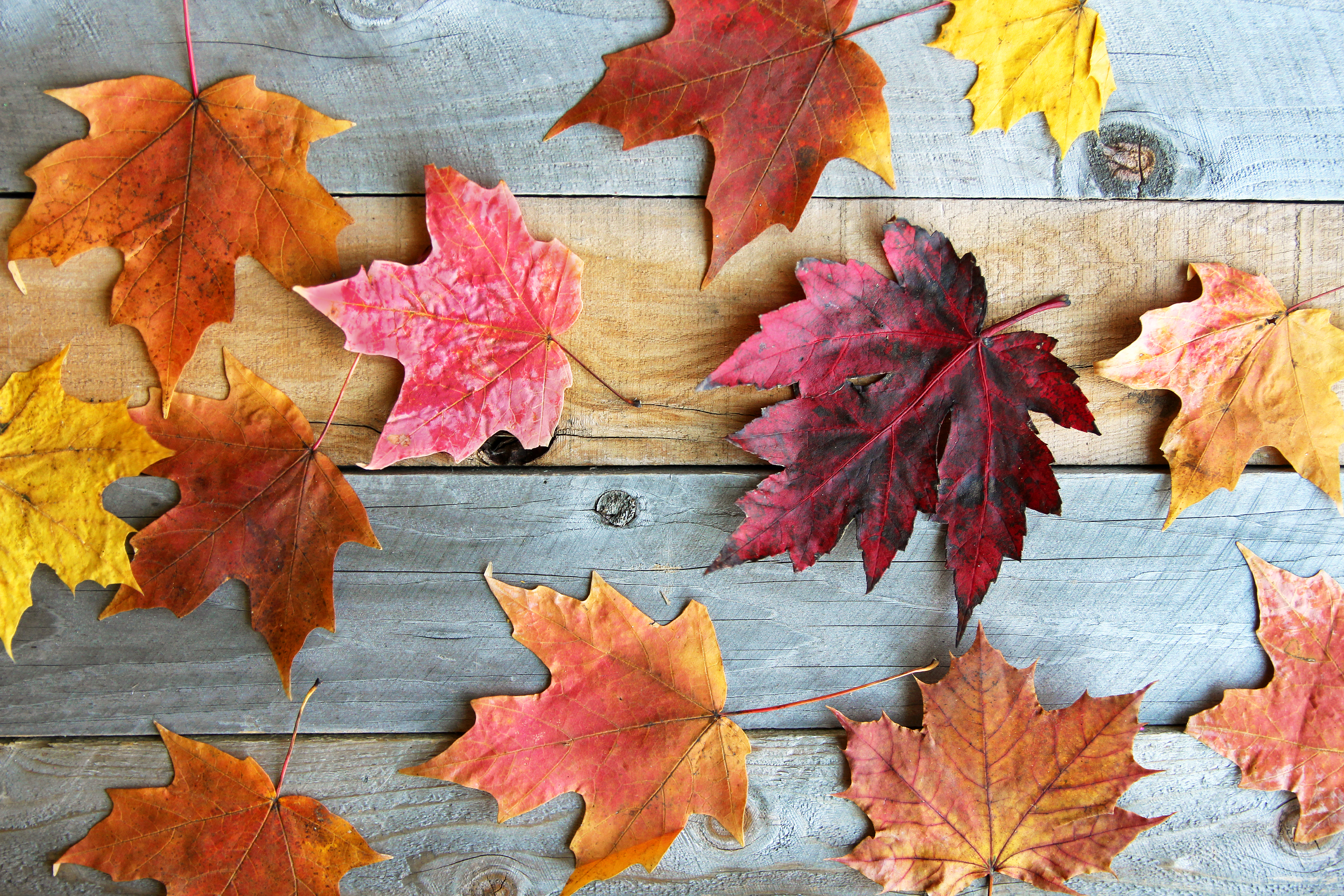
For that reason, warmer falls can sometimes see a delay in the color change, typically by 3 to 5 days.Ĭooler weather can make red colors in particular pop more. The ideal conditions for vibrant colors are sunny days and cool nights starting in mid-September.Ĭool temperatures cause chlorophyll to degrade and the other pigments to emerge. Neufeld said leaf color is most sensitive to temperature. But they still take some cues from Mother Nature, including the weather each year.

That means excess light energy can’t be fully processed in the fall, which can affect the trees’ ability to move nutrients from the leaves to the twigs for wintertime storage.įor trees, these seasonal changes are coded in their DNA. “When it’s cold, all of the enzymatic processes in the leaves slow down,” said Neufeld. This red pigment is like sunscreen for trees, as it prevents leaves from taking in too much sunlight. Unlike xanthophylls, anthocyanins are produced beginning in the fall, and as chlorophyll degrades, the leaves change from green to red. “It’s the same pigment that makes roses red and blueberries blue,” said Neufeld. Trees such as maples known for their bright red leaves use a different type of pigment, called anthocyanins. Once the days become shorter and solar radiation decreases, the chlorophyll fades and the yellow and orange pigments remain. Known as accessory pigments, they help dissipate extra light energy so it doesn’t damage the trees. While the green chlorophyll pigments absorb solar energy to conduct photosynthesis and help the trees grow, the xanthophylls still serve a purpose. “Those pigments are there all summer but you can’t see them because they’re covered up by the chlorophyll,” said Neufeld.

Some of North Carolina’s most common tree species and their leaves. Yellow leaves contain pigments called xanthophylls, while orange leaves include a similar pigment called carotene - the same one that gives carrots their distinctive color.Īs Neufeld explained, both of these pigments are produced in the spring but have to wait until the fall for their opportunity to shine. “Your great-grandparents probably saw very different fall color around here because when they grew up, the predominant tree was the chestnut,” he said.Īfter the chestnut blight wiped out most of those trees in the first half of the 20th century, the chestnuts - whose leaves turn a bright yellow - were replaced by different species such as hickory, oak, and maple trees, which tend to be more colorful.Įach tree makes its color very differently, depending on its species’ biology. It’s in Their GenesĪccording to Neufeld, North Carolina hasn’t always had the same variety and vibrancy of fall color. He also told us when the peak of the season typically occurs, and what the outlook shows for this fall. Neufeld recently shared some of the science surrounding leaf color with us, including the biology and weather influences from temperature and precipitation. Neufeld issued his first report about eleven years ago, and while he no longer works with the state board of tourism to provide official updates - that job is now handled by park rangers spread across North Carolina - he enjoyed it so much that he’s now “an independent Fall Color Guy,” he said. To his thousands of followers on Facebook and his website, Neufeld is better known as the “Fall Color Guy” because of the weekly updates he shares this time of the year.

Howard Neufeld, a professor of biology at Appalachian State University. The stake should be about a third of the height of the tree, hammered in at a 45° angle.Trees often look like they’re completely in sync as they simultaneously change to shades of yellow, orange, and red, but each tree is operating independently and using everything from its genetics to the weather to its home state to tell it when to turn.įew people in our state know more about what makes trees tick than Dr.

Stand the tree in the planting hole, then lay a cane across the hole to check that the top of the rootball is level with the soil surface Remove the pot from container-grown trees and any wrapping from bare-root ones.Lightly fork the base and sides of the hole to ensure the soil isn’t compacted Dig a square hole that’s slightly wider than the pot your tree is in, but no deeper.Stand the tree in water to ensure its roots are damp.Liquidambar tree is best planted in winter, when dormant.


 0 kommentar(er)
0 kommentar(er)
